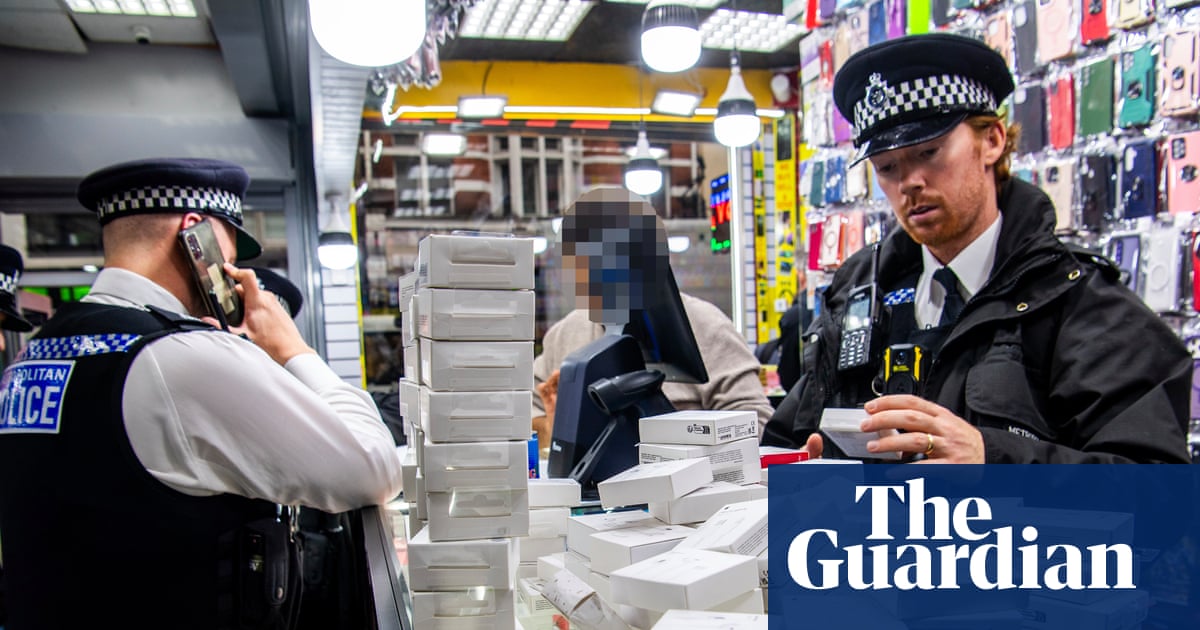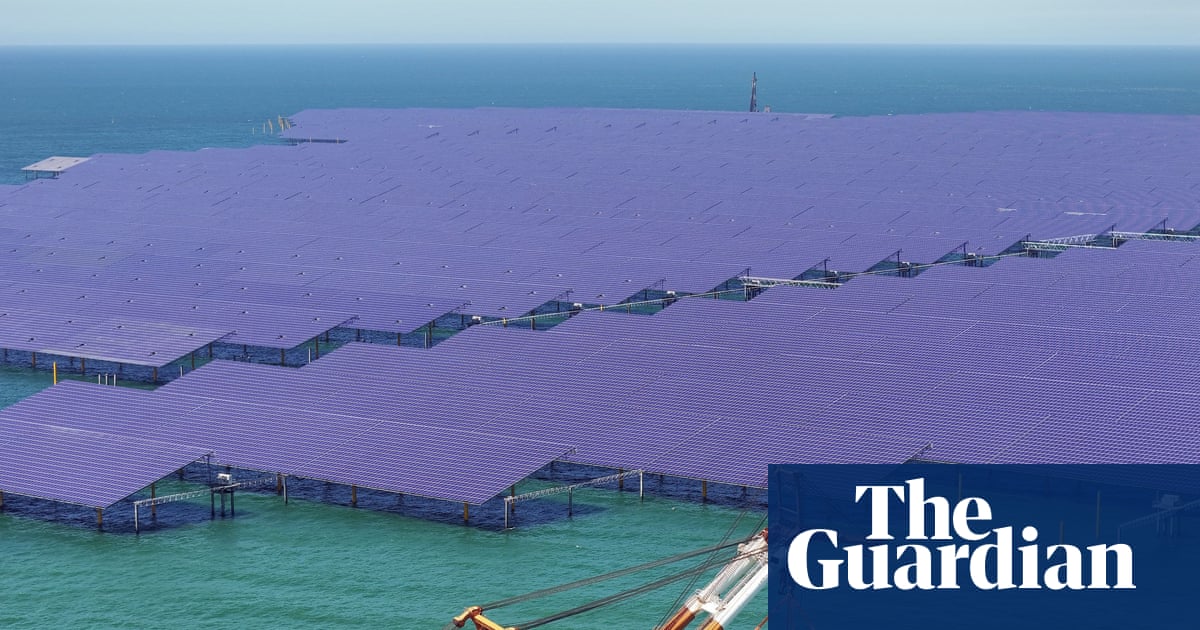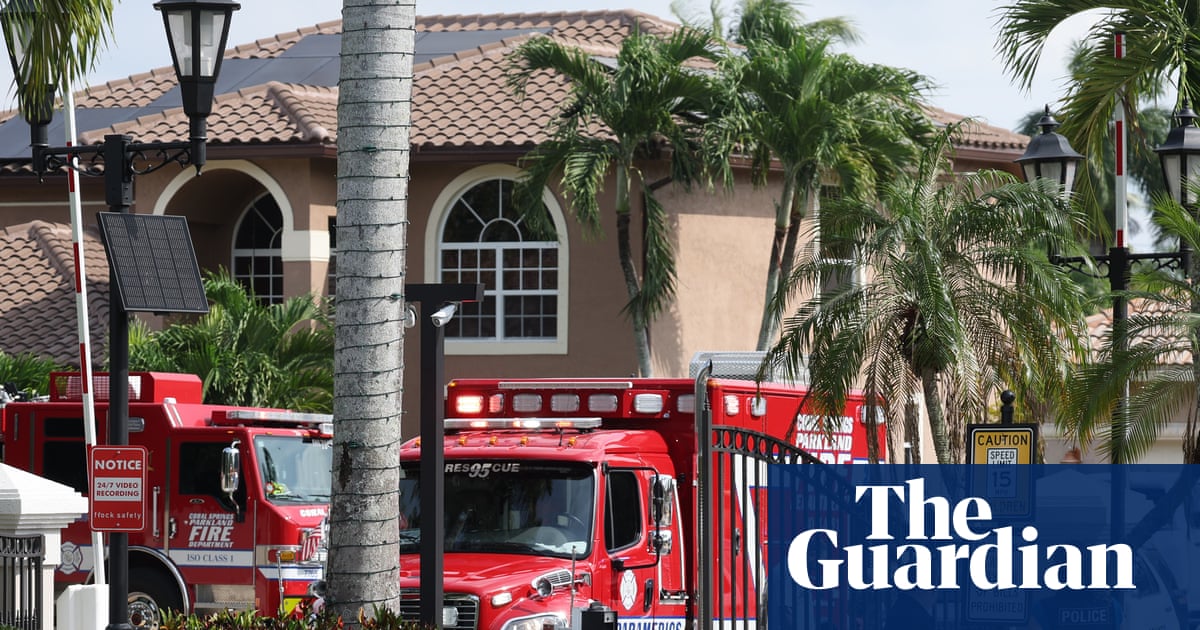In an underground shelter in Kherson, probably the most dangerous city in Ukraine, children are chasing each other between plastic chairs. Outside,mortars, artillery and drones fly their deadly paths back and forth across the Dnipro River that separates the city from Russian forces.
This makeshift underground play centre is one of the few places where children can socialise with each other in safety. For a few hours, it can be as though the war is not happening. When the explosions get too close, teachers working at the centre clap louder or turn up the music to drown out the noise.
As children returned to school across Ukraine this month, one in three are having their fourth consecutive academic year disrupted. In frontline areas such as Kherson, where schools have been damaged in attacks, children have to study largely online.
But after growing up in isolation at home or in bomb shelters, children are falling behind in their education and development. They are also getting increasingly frustrated.

“My son asks me why he can’t go out, because he says he could be killed at home or outside – there’s no difference,” says Valentina*, 37, one of the mothers who uses the centre.
The risk of death or injury for all civilians is high. In Kherson, Russia has been waging a systematic drone campaign to spread terror among residents, which has been dubbed the “human safari” and may constitute a war crime. In July, a one-year-old boy was killed in the courtyard of a residential building in the Kherson region by a drone strike.
The civilian casualties have escalated in recent months, according to the UN, with most attributed to Russian attacks using long-range explosive weapons in populated areas and short-range drones near frontline locations.
Across Ukraine as a whole, more than 3,000 children have been killed or injured since the start of full-scale war in 2022 – equivalent to about 150 classrooms of children.
With such dangers, families are forced to spend much of their lives underground or indoors, calculating every errand against mortal danger. Stuck indoors, teachers say children now struggle to socialise, and their speech and confidence have been set back without access to their peers, while some have not yet learned to read.
Narmina Strishenets, a conflict adviser with the UK charity Save the Children, says: “Instead of focusing on play, socialising and passions, children are focused on physical survival.
“Many are now one or two years behind in core subjects,” says Strishenets. “Childhood is under attack and they are losing hope.”
The underground play centre, at a secret location in a residential area of Kherson, is one of the few spaces where children get personal support from teachers and psychologists. It was set up last year by the chair of a local housing association, Oleh Turchynskyi.
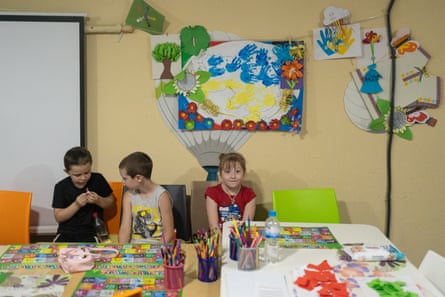
“We turned this basement into a shelter in 2023 as attacks on the city ramped up,” the 60-year-old says. “When I saw how the children thrived down here because they could spend time together, I realised it would be a great space for them.”
Open on weekdays, it is a meeting place for children aged from one year old to their late teens. The younger children sing, draw and play games, while the older ones watch TV or talk to friends.
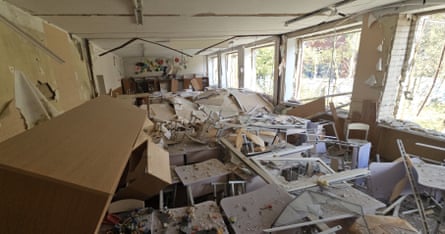
Psychologists try to ease the children’s anxiety and problems sleeping, as well as conditions such as autism, which they say can become harder to manage due to the war.
Turchynskyi says one of the children at the centre had lived in a basement for months during the occupation, developing diabetes because of the stress. When the boy first started attending the play centre, he would only say yes or no, but is now beginning to regain his confidence after working with a psychologist there.
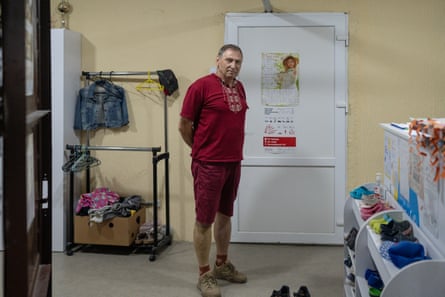
Last month, a drone smashed into the kitchen of Turchynskyi’s 12th-floor flat while his wife was making dinner. His head and body were injured, and his wife remains in a critical condition in hospital, her body full of shrapnel.
“Every day and night I remember how she screamed – so loud and horrific,” says Turchynskyi. He says he has stayed in Kherson because he feels a duty to the community and the children. “I just can’t leave these people alone.”

Back in the shelter, Valentina says her home was also hit by a drone strike earlier this year and that she and her son, Klav, 15, now live at a friend’s home. There is often no electricity or internet, and she avoids having lights on at night anyway so as not to attract drones.
Her biggest fear, however, is that she has tried too hard to shield her son from her own fears – he now barely reacts to the sound of explosions.
“Every day life here gets worse,” says Valentina. “I used to drive to the supermarket, but now I go by bicycle because there is no engine to drown out the sound of the drones, so I know when I need to run.
“We exist rather than live,” she says.
* Name has been changed to protect her identity

 1 month ago
27
1 month ago
27

